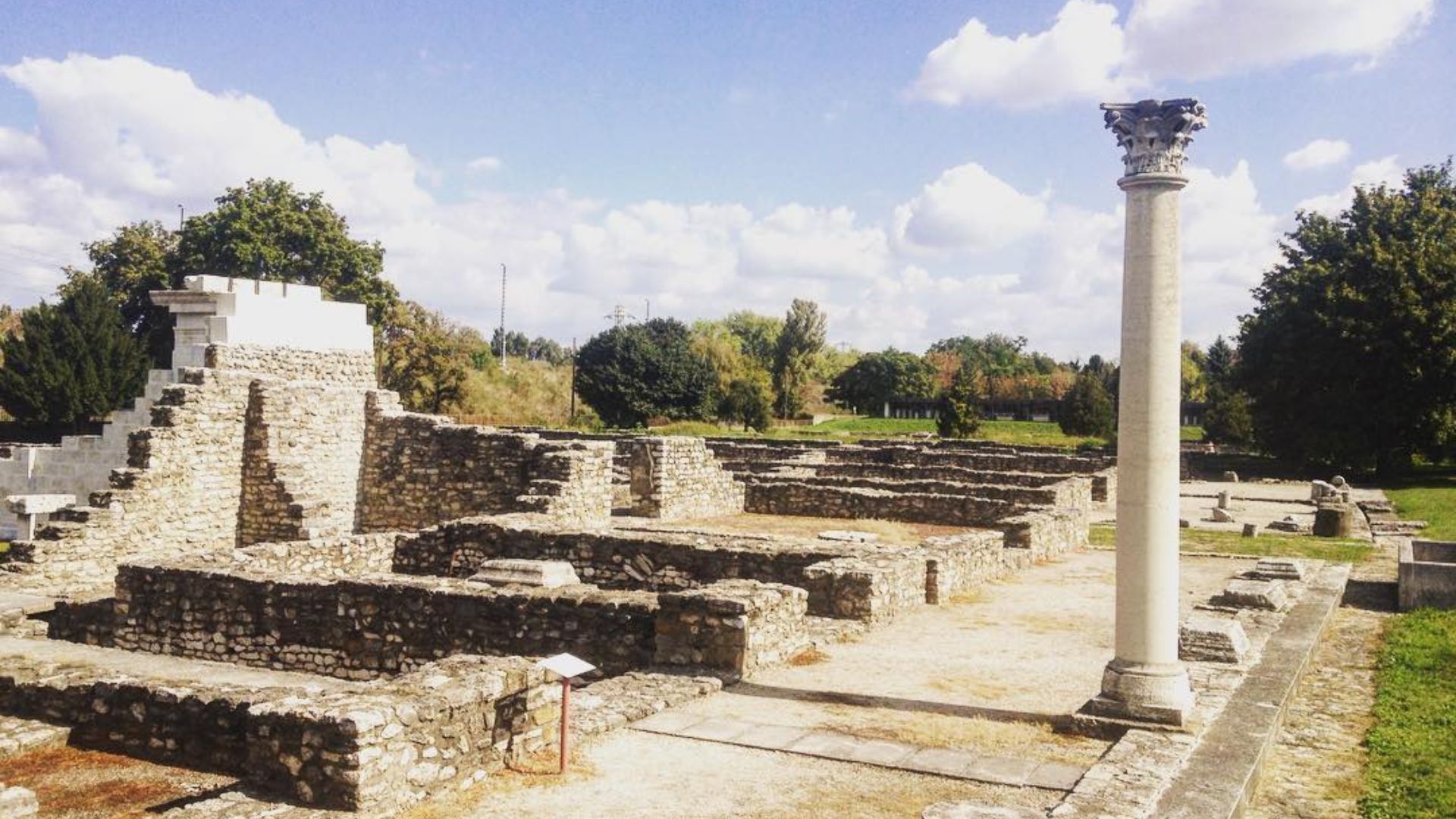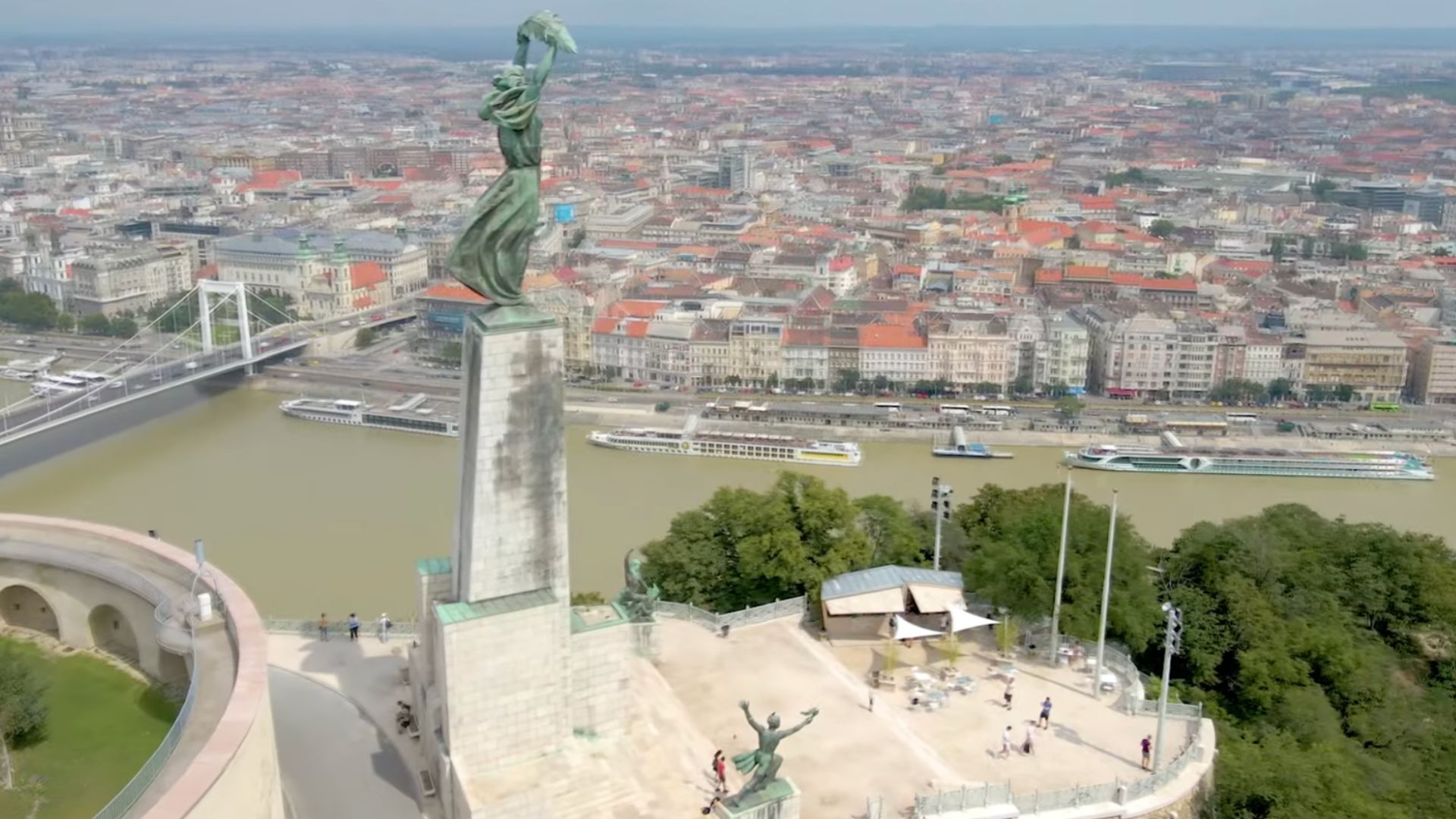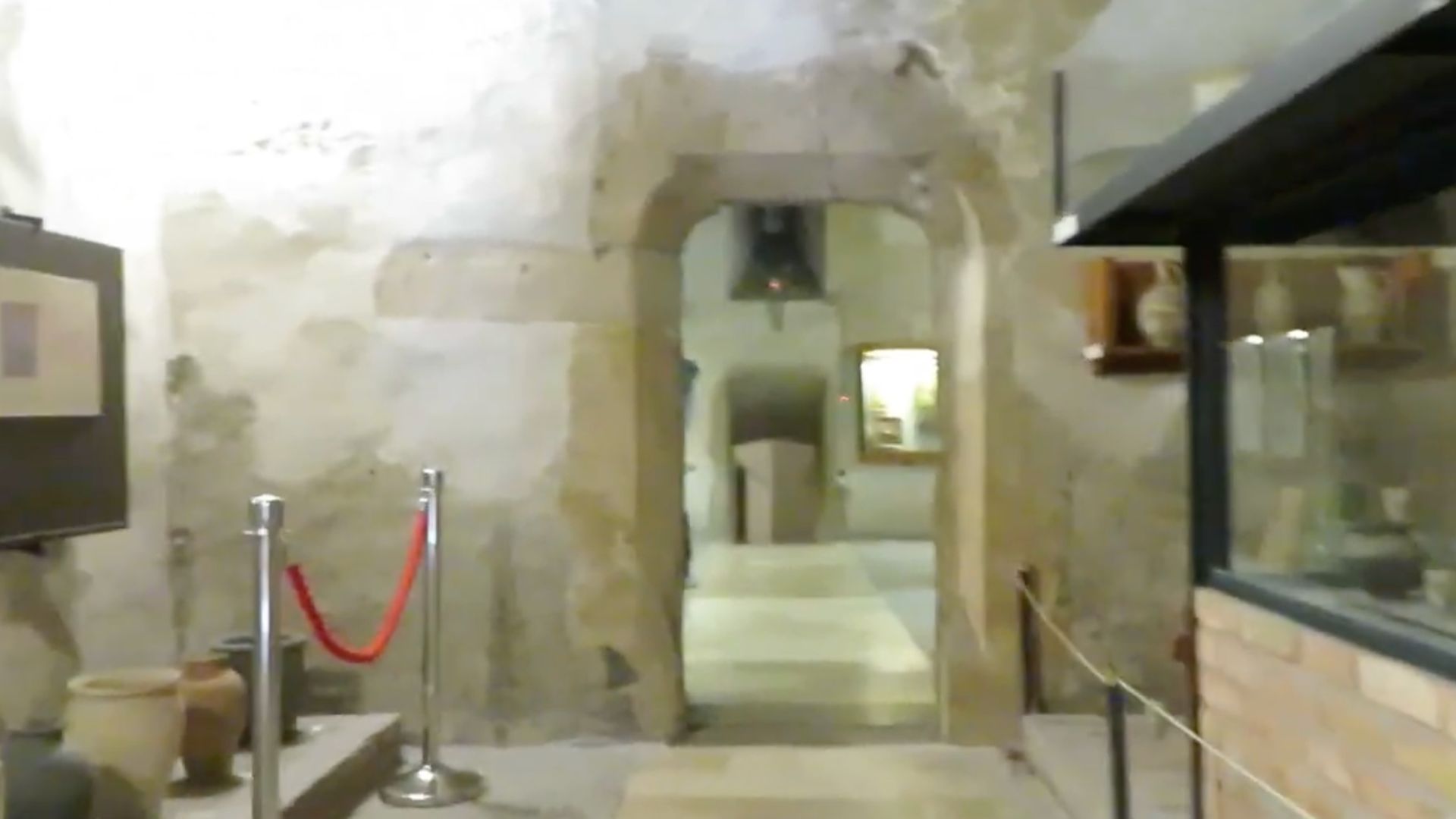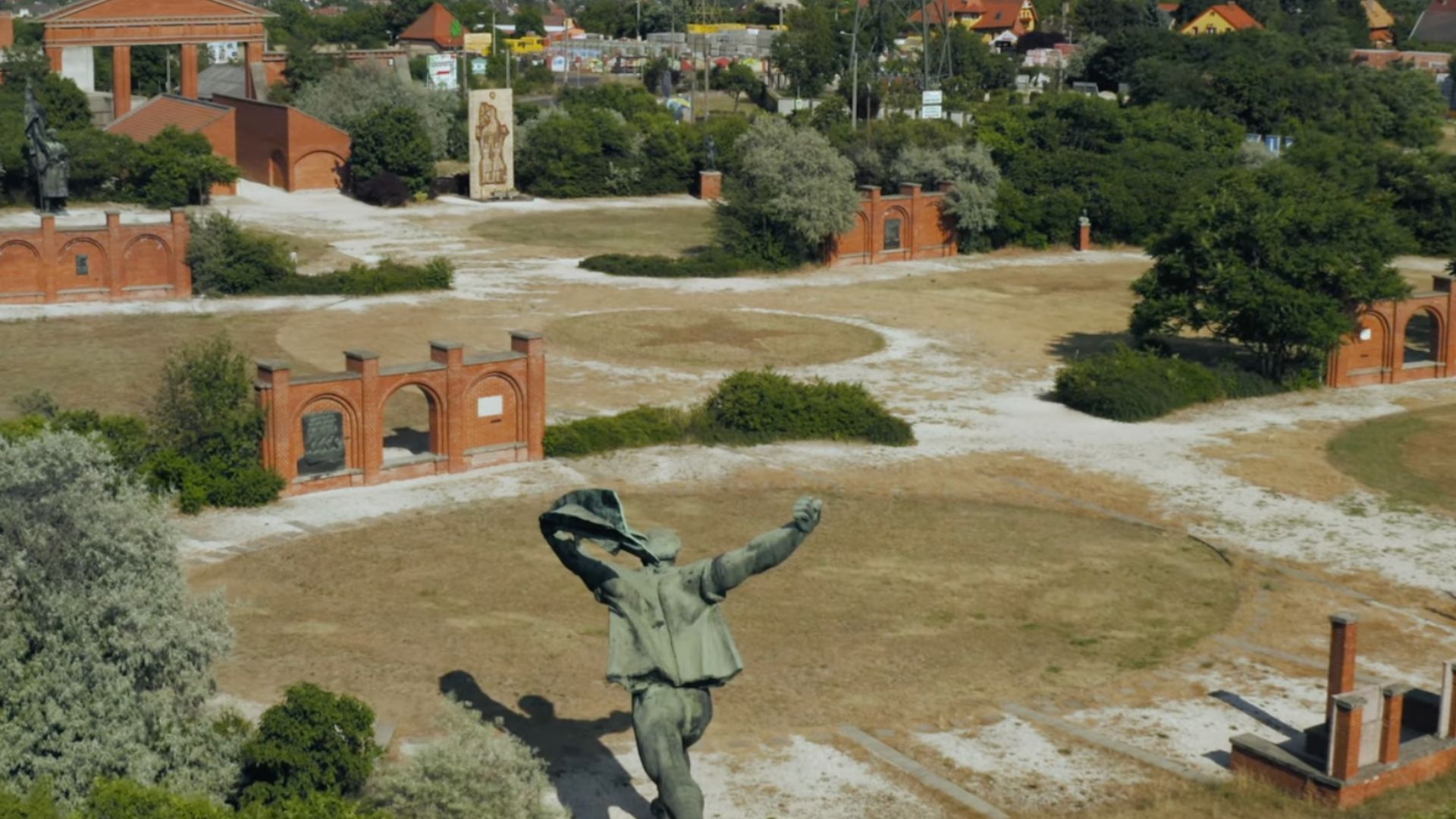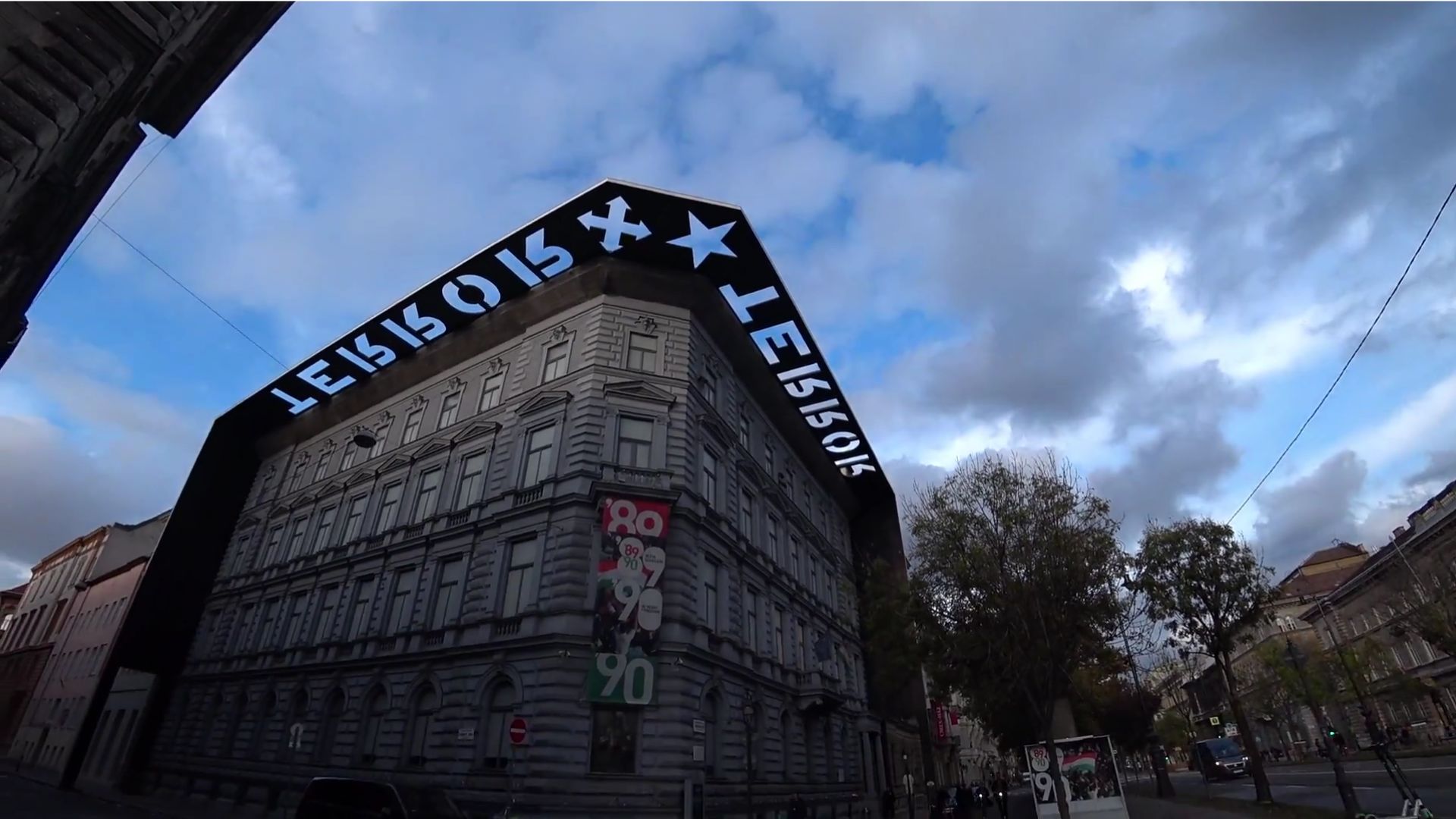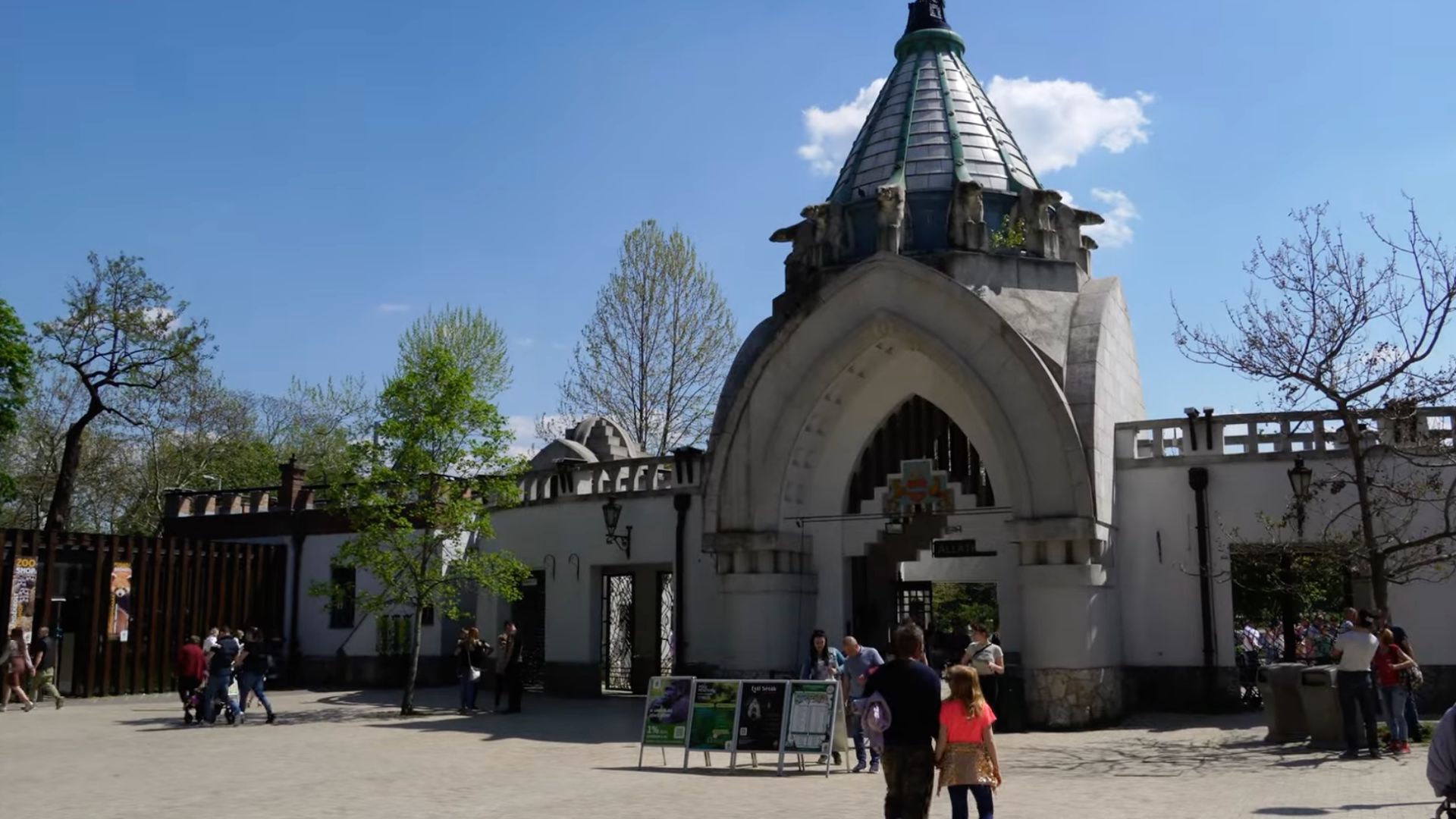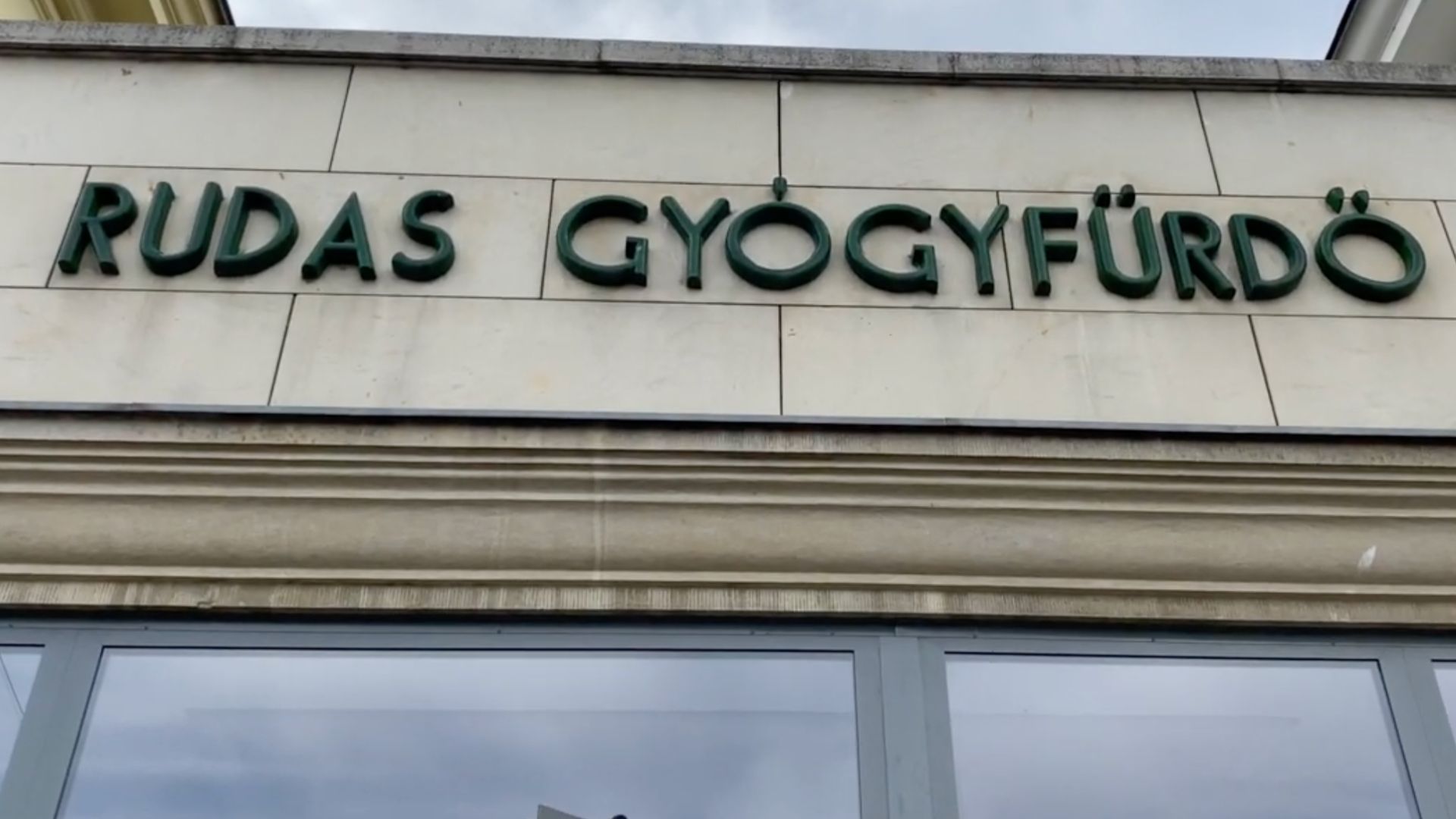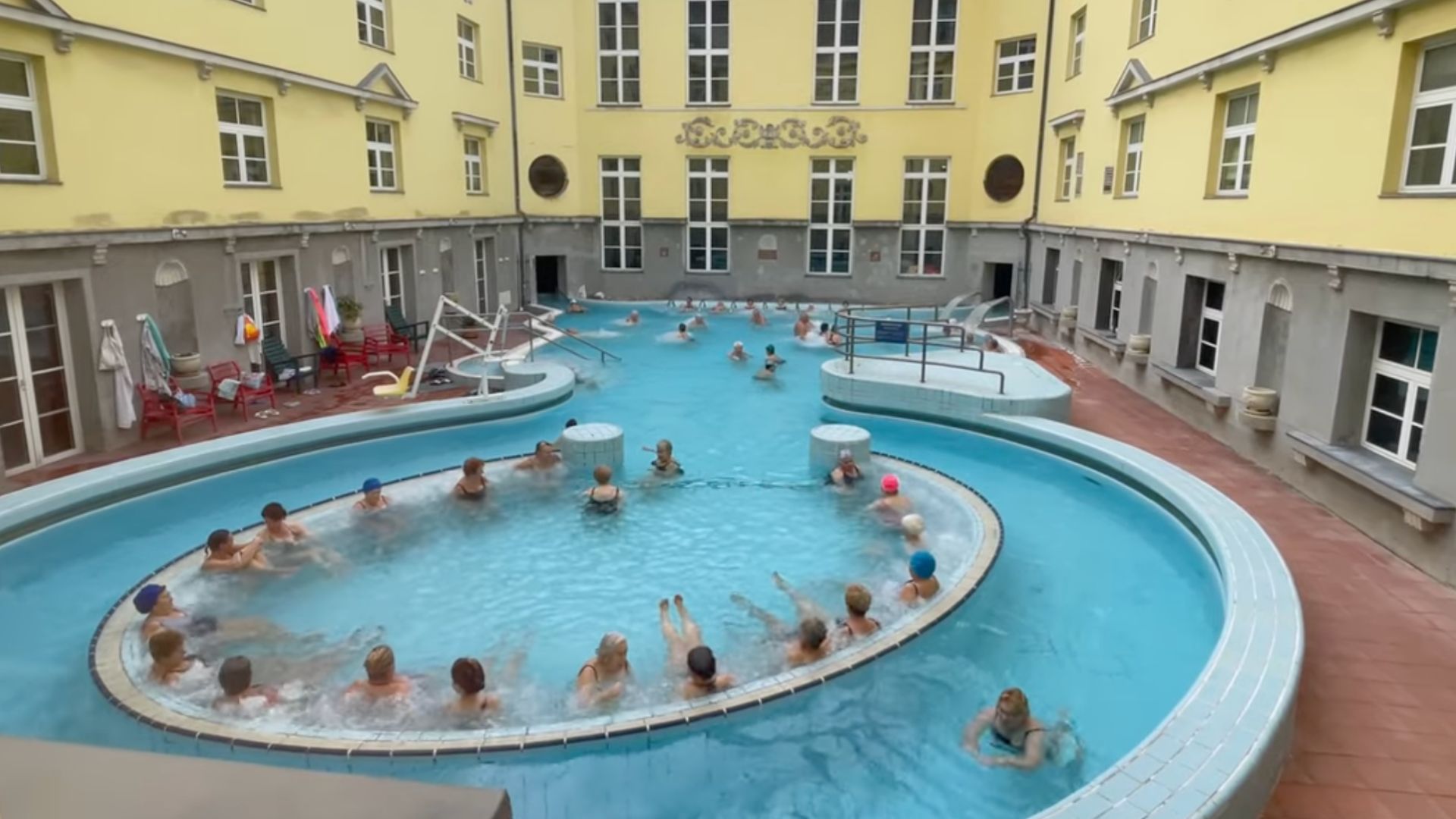Discover Budapest Your Way
Navigate the Heart of Hungary with Your City’s Guide to Budapest
Things to do in Budapest
A visit to Budapest promises an unforgettable experience with its rich history, vibrant culture, and stunning architecture. Be sure to plan ahead to make the most of your trip!

